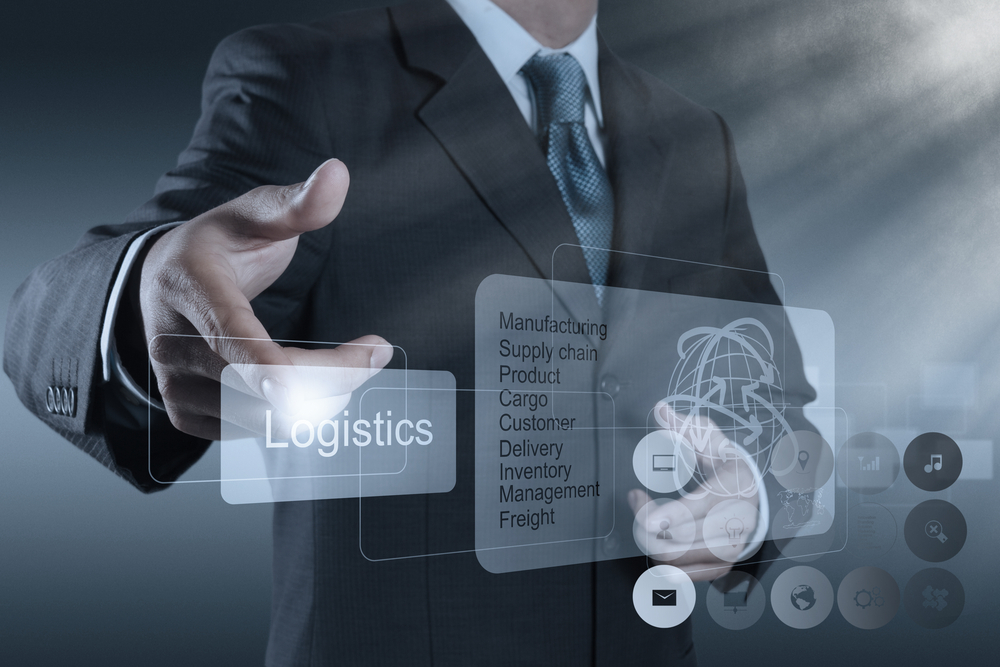
The latest chapter of our A-Z series of fleet management brings us to the letter L, which we naturally associate with logistics.
Logistics and fleet management are strongly connected, although the immediate association of the two might lead you to consider logistics is the sole preserve of fleet management and that it applies mainly to the technological side of transporting things. While logistics is a fairly obviously component of fleet management, it is also applicable to other sectors whose aim is to efficiently organise vehicles to carry out relevant conveyancing tasks. The science of logistics, for example, is inseparable from any military endeavour, where a miscalculation could easily mean the difference between victory and defeat. And it is out of military campaigning, stretching right back to antiquity, that logistics emerged. The modern term in fact derives from the ancient Greek word logistikos and refers to someone who is skilled at calculating.
What is logistics?
Logistics is responsible for the planning and implementation of systems whose fundamental aim is to transport goods from a point of origin A (which can be a factory, for example) to a point of consumption B (which could be a shop, a department store but also, especially if we think about the advent of e-commerce, directly to the home of the customer).
The movement of products is usually the focus of logistics, while the transport is what people commonly refer to as the vehicular or multimodal ways employed to deliver the product to its distribution channels. Goods or products transported might also include tags or identification systems that can help monitor their progress and constantly improve the integrity of the supply chain. The flow of such goods is ultimately the responsibility of the fleet manager, who exercises control over the work assigned to drivers and who is also involved in the safety of vehicles.
It is crucial that logistics is managed properly in order to avoid disruptions, late deliveries or goods arriving in an inappropriate condition, which may lead, as we all know, to the dreaded dissatisfied customer Which isn’t quite as catastrophic as a military logistical failure, but could still lead to liquidation.
Which parts of the logistics process do rely on vehicles or transportation?
In the supply chain organisational machine, vehicles are not only present in the final part of the process but in all the other phases:
- Storage – products are transported to warehouses
- Distribution – products and goods travel all the way to distribution centres, depending on the sales channels of the business
- Operations – vehicles are an essential element of it and proper organisation of the resources available to meet the customer requirements must be developed
- ERP – the integration of sales, purchases, warehouse and vehicles are unified in the enterprise resource planning methodology, allowing communication between internal and externalisation parts of the process.

